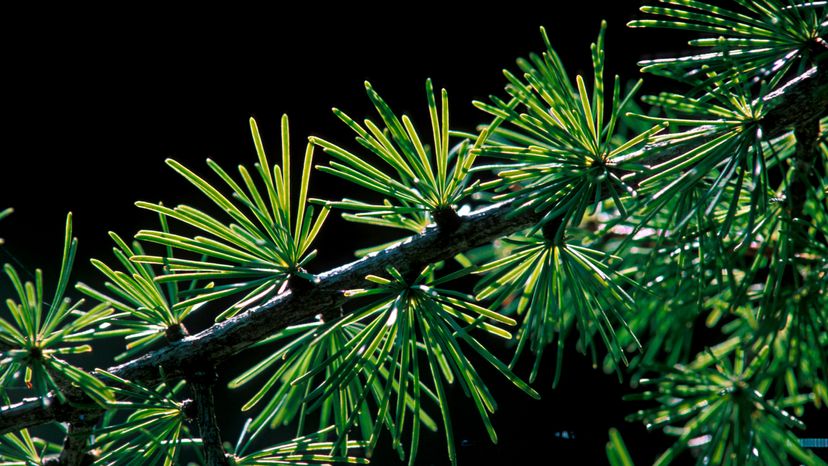Tamarack tree, or Eastern larch, is among the few conifers that lose their leaves in the Fall. They do so gracefully, taking on a beautiful fall coloration beforehand. The tamarack, native throughout northern North America, is underappreciated as a landscape tree. It is at least as interesting as many of the imported species often used in its place.
Advertisement
Description of tamarack tree: This is a conical tree that grows to 40 feet or so in cultivation. It would be a perfect "Christmas tree" if it didn't lose its needles in winter. The stems of the numerous branches are yellowish brown, giving the tree a more than acceptable appearance even without needles. The needles, borne in bundles, are soft and blue-green in color, turning yellow in fall. Its cones are small and egg-shaped.
How to grow tamarack tree: In the wild, the tamarack grows in cool, moist spots, but in culture, it has proven itself adaptable to a wide range of conditions. It prefers slightly acid soils to alkaline ones and is intolerant of shade and air pollution.
Uses for tamarack tree: The tamarack makes a good choice for wet soils where other trees will not grow. It creates a handsome effect in groves and rows.
Tamarack tree related species: There are several other species of larch, all quite similar in appearance and use. Some offer dwarf or weeping varieties.
Scientific name of tamarack tree: Larix laricina
Want more information on trees and gardening? Try:
- Shade Trees: Towering overhead, shade trees can complement even the biggest house, and define the amount of sunlight that reaches your yard.
- Flowering Trees: Many trees offer seasonal blooms that will delight any visitor to your yard or garden.
- Types of Trees: Looking for fresh ideas about what to plant? Find out about different species that can turn your yard into a verdant oasis.
- Gardening: Get great tips about how to keep your garden healthy and thriving.
Advertisement
